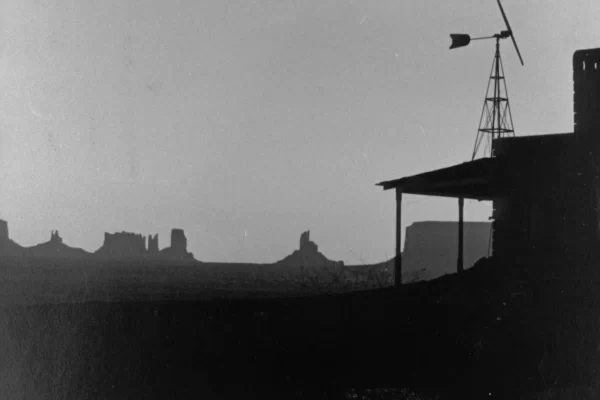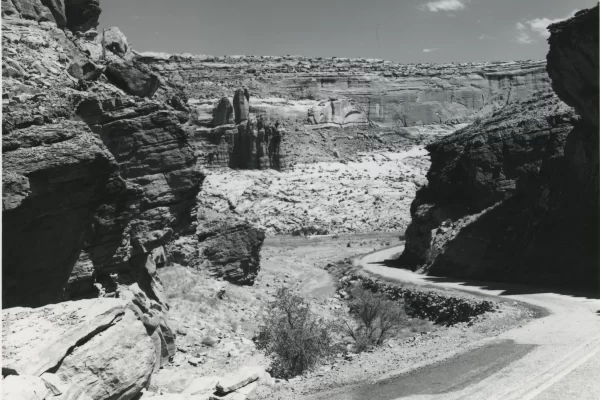
Moab History: Lake Powell from the air
In 1963, the completion of Glen Canyon Dam marked a turning point in the history of the Colorado River. At its height, Lake Powell stored over 27 million acre-feet of water, but water…

In 1963, the completion of Glen Canyon Dam marked a turning point in the history of the Colorado River. At its height, Lake Powell stored over 27 million acre-feet of water, but water…

Science Moab joined Kara Dohrenwend, Director of Rim to Rim Restoration, along Pack Creek one summer morning to discuss creek science and restoration in the Moab area.

Highway 191 has played a vital role in Moab’s history, evolving from ferry services to a triple-span steel bridge in 1912 and expanding ever since. The Moab Museum highlights this story and more, inviting visitors to explore Moab’s past.

The Radium King Mine in Bears Ears National Monument was once a key site for uranium extraction, where miners pulled uraninite, pyrite, and chalcocite ores from the Chinle Formation. To learn more about Moab’s mining legacy, visit the Moab Museum’s collections and exhibits.

The Moab Museum explores local history, including the uranium tailings cleanup at the UMTRA site, managed by the Department of Energy. The site addresses waste from the Atlas Mill, which operated from 1956 to 1984.

The Moab Museum’s Topaz Stories exhibit highlights Japanese American incarceration during WWII, including the Abe family’s experience at Crystal City camp. The exhibit runs through December 22.

Through this December, the Museum is proud to exhibit “Topaz Stories: Remembering the Japanese American Incarceration” in tandem with “A Moab Prison Camp,” lending a state-wide perspective to this dark period of American history during WWII.

On September 11th, 1989, Arches National Park issued a statement denoting the “discovery” of the 1000th arch within the Park.

Museum Curatorial and Collections Manager Tara Beresh has been working closely with miners, long-time local families, and consulting with uranium experts to share the incredible story of Moab’s boom and bust.

The Moab Museum team welcomes back Grand County students